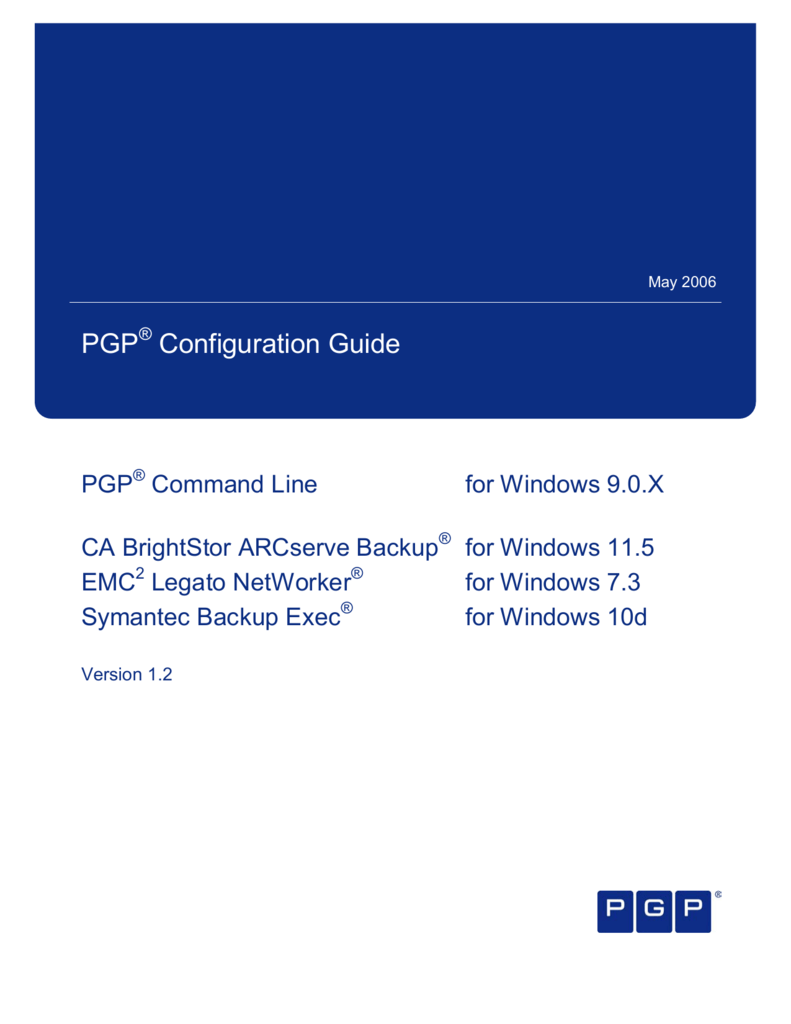
- SYMANTEC ENDPOINT PROTECTION 14 SILENT INSTALL COMMAND LINE HOW TO
- SYMANTEC ENDPOINT PROTECTION 14 SILENT INSTALL COMMAND LINE INSTALL
- SYMANTEC ENDPOINT PROTECTION 14 SILENT INSTALL COMMAND LINE UPDATE
- SYMANTEC ENDPOINT PROTECTION 14 SILENT INSTALL COMMAND LINE FULL
- SYMANTEC ENDPOINT PROTECTION 14 SILENT INSTALL COMMAND LINE PASSWORD
Note: This setting pertains to maintain existing settings in the package creation tab.Ġ = Do not run LiveUpdate at the end of the install, which overrides the RUNLIVEUPDATE propertyġ = Use the default behavior for running LiveUpdate The installation uses the following settings: Setaid.ini values always take precedence. Setaid.ini is primarily used in installations exported from the Symantec Endpoint Protection Manager.
SYMANTEC ENDPOINT PROTECTION 14 SILENT INSTALL COMMAND LINE INSTALL
The variable val represents the values presented beneath the property, which are valid for that property.ġ - Run LiveUpdate after install (default)ĬACHE_INSTALLER= val (SEP 12.1.x & SEP 14.x)ġ - Cache the installation files (default)ġ - Preserve all firewall/network access settingsĠ = Do not add program to the Start Menu folderġ = Add program to Start Menu folder (default)įor a managed client, the Sylink.xml file that is included with its installation defines the initial server that the client will contact for policy and other updates. This may not be apparent on a silent install or migration as no user interface messages are displayed.Īdditional client installation properties
SYMANTEC ENDPOINT PROTECTION 14 SILENT INSTALL COMMAND LINE FULL
By suppressing a required reboot, full product functionality may not be available until a reboot has taken place. During migration a reboot may be required. ReallySuppress - Prevents all restarts as part of the installation process, even a silent installation. Where value is one of the following options:įorce - Requires that the computer is restarted. SYMREBOOT = value (SEP 12.1.x & SEP 14.x) Note: On SEP products prior to version 12.1.671.4971, use: INSTALLDIR = path L*V log.txt - full verbose logging to file log.txtĭefault is C:\Program Files\Symantec\Symantec Endpoint Protection (32-bit) or C:\Program Files (x86)\Symantec\Symantec Endpoint Protection (64-bit) *The Delete_client_test.Windows Installer (MSI) command-line parameters ::ServerCertificateValidationCallback = ĭescription: Deletes an existing computer Then add the following line to your script to trust self-signed certificates: Next install the certificate on the computer from which you will run your PowerShell scripts. To download and install the SEPM certificate, first connect your web browser to (where is the address of your SEPM server). In these scripts, PowerShell makes HTTPS requests, so it must have a valid certificate to use for that process. To force PowerShell to use TLS 1.2, add the following line to your script: Because SEP uses TLS 1.2, you will receive a connection error message if you do not change this behavior. The "Set-ExecutionPolicy" cmdlet changes the PowerShell execution policy.īy default, PowerShell uses TLS 1.0. The "Get-ExecutionPolicy" cmdlet shows the current PowerShell execution policy. Unrestricted - No restrictions all Windows PowerShell scripts can be run.RemoteSigned - Downloaded scripts must be signed by a trusted publisher before they can be run.AllSigned - Only scripts that are signed by a trusted publisher can be run.Windows PowerShell can be used only in interactive mode. The RemoteSigned policy is best for single system testing. You must set the execution policy before you can run scripts.


The default policy is Restricted and can be enforced by your group policy. The "get-help Invoke-RestMethod" cmdlet, if it exists (it is not in versions before 3.0), shows command info. The "get-host" cmdlet verifies the version of PowerShell. Before you begin: PowerShell must be at least version 3.0 to use the Invoke-RestMethod. Please read Symantec Endpoint Protection Manager 14 REST API Reference when referencing the attached scripts. Note: These scripts are meant for testing purposes only and are not supported by Symantec.
SYMANTEC ENDPOINT PROTECTION 14 SILENT INSTALL COMMAND LINE UPDATE
Finally, you must update the access token in each script before running them.
SYMANTEC ENDPOINT PROTECTION 14 SILENT INSTALL COMMAND LINE PASSWORD
You must also add a valid user name and password to the SEPM_Authentication-test.ps1 script before it returns a valid access token. If you download the example scripts, please note that you must replace SEPM_IP in the "URI" section of the scripts with your own SEP Manager IP address or host name. You can also use these scripts for troubleshooting purposes.

SYMANTEC ENDPOINT PROTECTION 14 SILENT INSTALL COMMAND LINE HOW TO
The example scripts are designed to show you examples of how to use the API functions, and what you need to invoke a REST method request call in PowerShell. Also to familiarize how to PowerShell with the new Symantec Endpoint Protection (SEP) 14 Representational State Transfer (REST) API. The purpose of this article is to familiarize yourself with PowerShell.


 0 kommentar(er)
0 kommentar(er)
